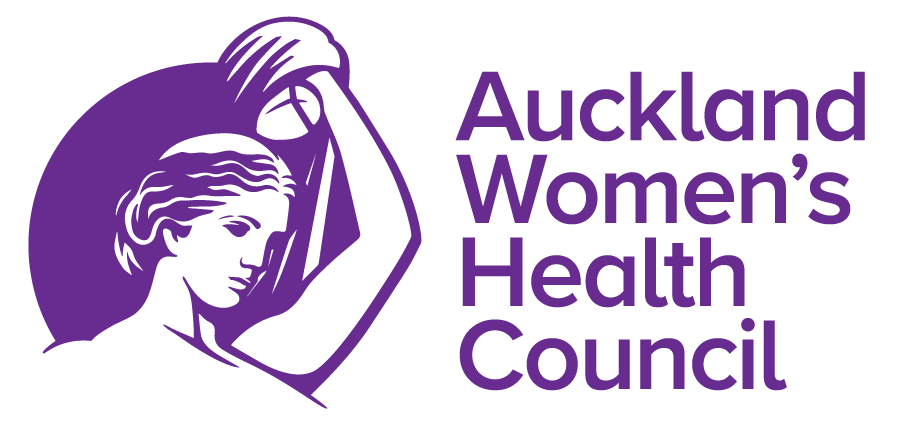PREVALENCE OF HPV TYPES PRE GARDASIL
Prior to the introduction of the Gardasil vaccination programme a number of women’s health groups called for baseline research to be undertaken in order to identify the current HPV prevalence rates. Several articles appeared in the Auckland Women’s Health Council newsletter (1), and the Federation of Women’s Health Councils wrote letters to the media pointing out the need for such a study in order to be able to monitor the impact of the Gardasil vaccine in NZ.
The results of a study of the types of HPV (human papillomavirus infection) in women aged 20-69 years who had cervical smears as part of the NZ National Cervical Screening Programme (NCSP) and were subsequently diagnosed with CIN2 or 3 (cervical intraepithelial neoplasia) or AIS (adenocarcinoma in situ) was recently published in BioMed Central’s journal, BMC Infectious Diseases. (2)
One of the aims of the study was to measure the prevalence of oncogenic (cancer causing) HPV infection in women prior to the introduction of the HPV vaccination programme in New Zealand in 2008.
The second aim of the study was to compare oncogenic HPV prevalence in women with high grade cervical cell abnormalities or neoplasia with those in Australia and other regions.
The Gardasil vaccine offers protection against two types of HPV infection – 16 and 18 – that are responsible for the majority of cases of CIN2 and CIN3, as well as against HPV types 6 and 11 that cause genital warts. The vaccination programme involves girls aged 12-13 years receiving three shots of Gardasil, with the option of a catch-up for females aged up to 19 years who choose to be vaccinated later than 12 years of age.
The study found that among women with a high grade cytology report and a valid HPV test, the most common HPV types detected were HPV 16 (44%), followed by HPV 52 (16.8%), HPV 31 (15.2%) and HPV 18 (11.2%).
HPV 16 was the most common type in both New Zealand (51.4%) and Australia (51.4%), with HPV 18 infection rates being 12.1% in New Zealand and 9.2% in Australia. Significantly higher rates of HPV types 52, 58 and 68 were observed in New Zealand compared with Australia. The prevalence of HPV 52 was reported as 13.9% in Australia compared to 18.8% in New Zealand.
The NZ study revealed that for HPV types 16 and 18 prevalence peaked among women aged 20 – 29 years and fell with increasing age. The paper reports that “this age-related pattern of infection supports a proposed model of disease development that contends that HPV 16 is more likely to progress to CIN3 precancerous disease within a shorter period, whereas other types progress slowly and less frequently to precancerous abnormalities.”
This study is important because it goes some way towards providing a baseline measure of oncogenic HPV prevalence in a population of New Zealand women, as well as providing a baseline for future similar surveys to assess the benefits of the Gardasil vaccination programme. The authors state “our findings imply that the current HPV vaccination program in New Zealand, which involves delivery of a vaccine against HPV types 16/18, could prevent up to 62% of high grade lesions.” They go on to list a number of assumptions that such estimates are based on, one of them being that HPV 52, 31 and 33 were not responsible for the development of the majority of high grade lesions in their study. They admit that if these assumptions do not hold “then the proportion of vaccine-preventable high grade lesions could be considerably lower.” Quite.
There are a number of other factors that must also be taken into account when assessing the effectiveness of the Gardasil vaccination programme. These include the duration of the protection against HPV 16/18 offered by the vaccine, the possibility that other oncogenic types of HPV not included in the Gardasil vaccine take over as lead cervical cancer causing agents, and the fact that most HPV infections are cleared spontaneously with clearance occurring within one year for about 70% of HPV-infected women, and within two years for 90% of women. (3)
References
1. https://www.womenshealthcouncil.org.nz/Features/Hot+Topics/Gardasil.html
2. http://www.biomedcentral.com/1471-2334/13/114
3. Abby Lippman et al. “Human papillomavirus, vaccines and women’s health: questions and cautions.” Canadian Medical Association Journal. 28 August 2007; 177(5)
April 2013
